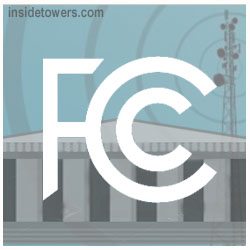The deadline for cities to adopt and publish aesthetic requirements for small cell wireless facilities is just two weeks away.
An FCC order addressing the deployment of small wireless facilities became effective on January 14, 2019. Although a number of counties and municipalities have challenged the order in court, cities should follow the provisions in the order until they receive judicial guidance that the order is invalid, said the League of Minnesota Cities in a membership blog post.
While the order preempts some local control over small wireless facilities, the Commission concluded that aesthetic requirements are not preempted “if they are (1) reasonable, (2) no more burdensome than those applied to other types of infrastructure deployments, and (3) objective and published in advance.” To be objective, aesthetic requirements “must incorporate clearly defined and ascertainable standards, applied in a principled manner.”
Publication of aesthetic standards applicable to small cell facilities must occur within “180 days after publication of [the FCC order] in the Federal Register.” That date is April 15.
If a city fails to adopt and publish small cell aesthetic requirements by that date, it may lose the ability to impose aesthetic standards on telecommunication users who deploy small wireless facilities in the city, according to the MLC.
The FCC Order does not state how a city must publish its aesthetic standards. Based on comments from attorneys on a municipal listserv, each city can determine how to publish its aesthetic requirements. Most cities are publishing their aesthetic requirements on their city website.
“Small cell aesthetic standards reflect the desire to maintain a consistent look within the city,” states the MLC. “Aesthetic standards may address many issues, including color, enclosure of antennas, placement on poles, use of decorative poles, concealment of cables and wires, concealment of ground mounted equipment, prohibition of logos, and landscaping requirements.”
Concerning aesthetics, the agency prohibits a city from requiring that all small cell facilities be deployed underground. The Commission concluded that requiring all wireless facilities to be underground would effectively prohibit a telecommunications company from providing services due to the expense.
April 5, 2019





Reader Interactions